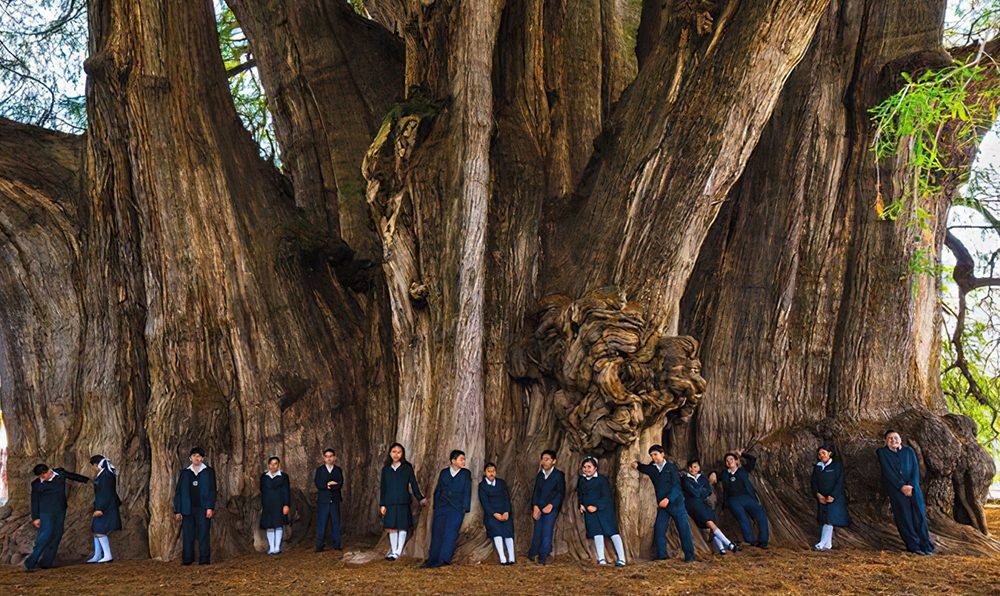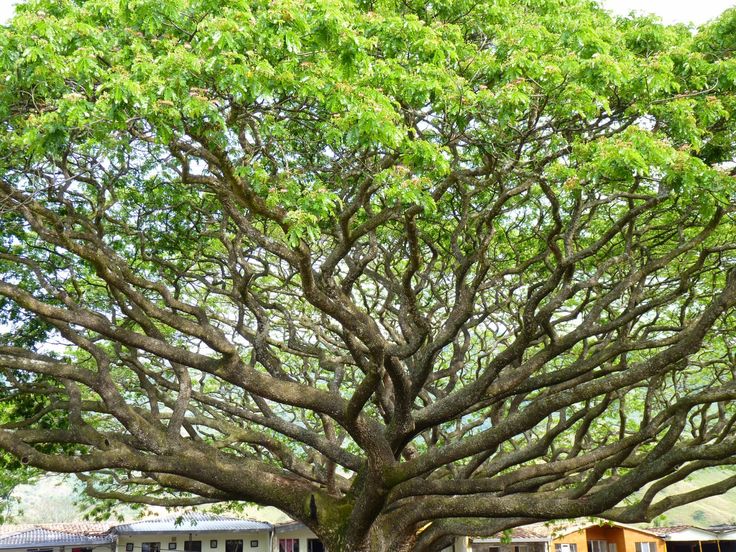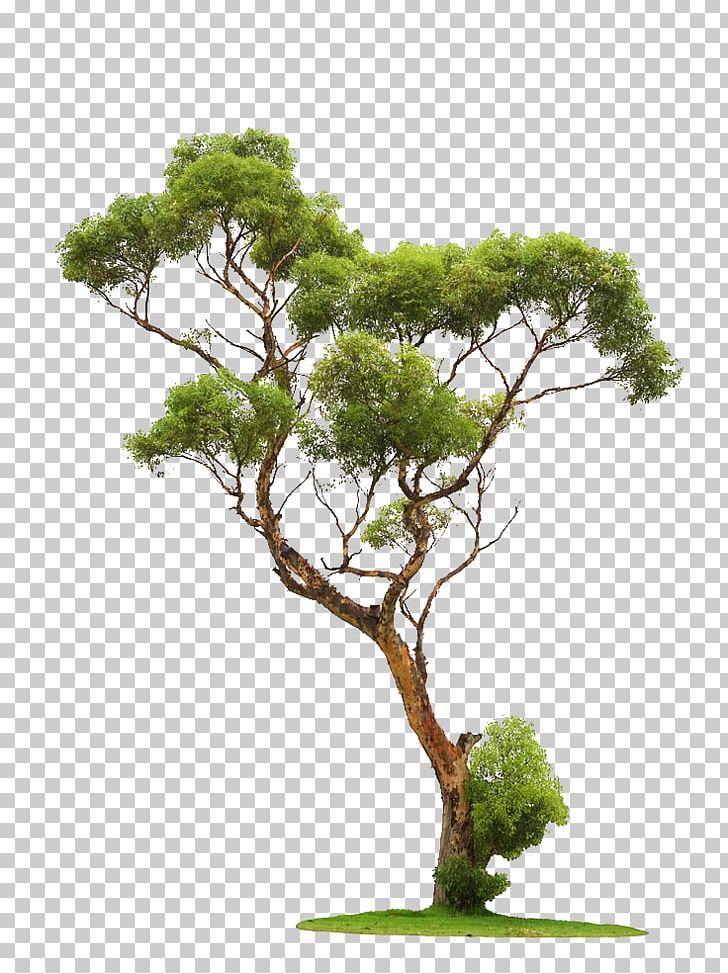Arbol caimito: Star Apple, Caimito, El Salvador | SN/NC: Chrysophyllum caim…
Chrysophyllum cainito – Wikipedia, la enciclopedia libre
De Wikipedia, la enciclopedia libre
Ir a la navegaciónIr a la búsqueda
El caimito (Chrysophyllum cainito) es un árbol tropical de la familia Sapotaceae, originario de las áreas de baja elevación de América Central y del Caribe. Crece rápidamente y puede llegar a una altura de veinte metros.
Tiene varios nombres: cainito, caimito, cayumito, abiaba, estrella y aguaí. También se le conoce por el nombre de achras caimito.
Chrysophyllum cainito fue descrita por Carlos Linneo y publicado en Species Plantarum 1: 192. 1753.[1]
Índice
- 1 Nombre y etimología
- 2 Clasificación y descripción
- 3 Distribución
- 4 Ambiente
- 5 Estado de conservación
- 6 Referencias
- 7 Bibliografía
- 8 Enlaces externos
Nombre y etimología[editar]
Palabra de origen taíno caimitu[3][4] o del maya cab jugo, im teta y vitis resina de árbol. [5]
[5]
Clasificación y descripción[editar]
Caimito picado.
Vista del árbol
Árbol de tamaño mediano, de 10 a 25 m de alto, aunque puede alcanzar los 35 m, tronco de hasta de un 1 m, con fuste acanalado. Corteza café grisáceo y contiene una gran cantidad de látex blanquecino muy pegajoso. Hojas simples, alternas, coriáceas, elípticas, borde entero, el ápice agudo y casi siempre verdes, perennifolias, de color de oro o bronce, alternantes, con forma oval, enteras y miden entre 5 a 15 centímetros. Por su color en la parte anterior, esta hoja se dice es de oro, muy atractiva al mover con el viento debido a que su pilosidad es dorada, de 6 a 15 cm de largo x 3 a 8 cm de ancho. Son verdes brillantes en el haz y marrón dorado en el envés, con pubescencia sedosa dorada, pecioladas. Inflorescencias axilares, con flores crema amarillento dispuestas en fascículos axilares. Fruto tipo baya, de 5-8 cm de diámetro, de color verde claro o morado, globosas a subglobosas, tornándose moradas cuando maduras y generalmente es verde alrededor del sépalo y con un patrón de estrella. La cáscara contiene mucho látex. Ésta no se puede comer. Las semillas son de un color marrón claro y duras. Da fruto todos los años después que el árbol cumpla los siete años. Es auto-fértil. La pulpa es blancuzca, jugosa, y contiene de 7-10 semillas dispuestas en forma de estrella. De estas semillas, tan solo tres a cinco son viables.[6][7]
La cáscara contiene mucho látex. Ésta no se puede comer. Las semillas son de un color marrón claro y duras. Da fruto todos los años después que el árbol cumpla los siete años. Es auto-fértil. La pulpa es blancuzca, jugosa, y contiene de 7-10 semillas dispuestas en forma de estrella. De estas semillas, tan solo tres a cinco son viables.[6][7]
Las frutas son deliciosas como un postre de fruta fresca; es dulce y mejor enfriado. La infusión de las hojas se ha utilizado en la lucha contra el diabetes y el reumatismo articular,también es una fruta afrodisíaca ya que al consumirse seguidamente despierta el apetito sexual. No debe confundirse a esta especie con otra sapotacea que suele recibir nombres populares semejantes y que es conocida científicamente como Pouteria caimito.
Distribución[editar]
El área de origen del caimito es de las Antillas, con la llegada de los europeos esta especie se introdujo al resto del continente Americano, de manera que actualmente se encuentra naturalizado en altitudes medias y bajas desde el suroeste de México hasta Panamá. [8] Se cultiva en Estados Unidos (Florida), Suramérica, Asia y África.[6]
[8] Se cultiva en Estados Unidos (Florida), Suramérica, Asia y África.[6]
Crece y se desarrolla en climas secos y húmedos, pero siempre cálidos. Co propósito de producción, se puede plantar desde el nivel del mar hasta una altitud de 1000 m, aunque el árbol crece con normalidad a alturas superiores, habiéndose encontrado ejemplares a 1200 msnm.[7] Esta especie requiere de temperaturas mínimas de 26 °C en promedio, así como una humedad ambiental alta. Crece y desarrolla en suelos arenosos y arcillosos con buen drenaje, ya que no tolera las inundaciones, como tampoco las heladas.[9]
Estado de conservación[editar]
Es una especie ampliamente distribuida en las áreas tropicales del mundo. Cultivada sobre todo en países de Centroamérica, muy apreciada por sus frutos, sin que hasta el momento exista información relacionada con su mejoramiento genético. De acuerdo a la norma 059, de la SEMARNAT en México, no se encuentra bajo alguna categoría de riesgo, tampoco a nivel internacional de acuerdo a la Unión Internacional para la Conservación de la Naturaleza (IUCN).
Referencias[editar]
- ↑ a b «Chrysophyllum cainito». Tropicos.org. Missouri Botanical Garden. Consultado el 21 de marzo de 2015.
- ↑ «Chrysophyllum cainito». The Plant List. Consultado el 21 de marzo de 2015.
- ↑ http://www.proyectosalonhogar.com/enciclopedia_ilustrada/diccionario1.htm
- ↑ https://books.google.co.uk/books?id=RLNCDwAAQBAJ&pg=PA55&lpg=PA55&dq=origen+de+la+palabra+guayac%C3%A1n&source=bl&ots=W8KnqYKWtU&sig=jKCUCA4PyXMwM7hYsyfgqrHHFts&hl=es&sa=X&ved=0ahUKEwiow4nq4JvaAhUFIVAKHStECi04ChDoAQg_MAM#v=onepage&q=origen%20de%20la%20palabra%20guayac%C3%A1n&f=false
- ↑ https://books.google.co.uk/books?id=-Mg6_FrF0fcC&pg=PA112&lpg=PA112&dq=origen+de+la+palabra+caimito&source=bl&ots=okB6rzQKGG&sig=Kbvs-lN3CCQvgQD–649zs2BPW4&hl=es&sa=X&ved=0ahUKEwiYrICc4pvaAhXKb1AKHYrJBSo4ChDoAQgmMAA#v=onepage&q=origen%20de%20la%20palabra%20caimito&f=false
- ↑ a b Chízmar, F.
 C. 2009. Plantas Comestibles de Centroamérica. Instituto Nacional de Biodiversidad (INBio). Costa Rica. P 360.
C. 2009. Plantas Comestibles de Centroamérica. Instituto Nacional de Biodiversidad (INBio). Costa Rica. P 360. - ↑ a b Cordero J. y D.H. Boshier. 2003. Árboles de Centroamérica un Manual para extensionistas. Oxford Forestry Institute (OFI). Centro Agronómico, Tropical de Investigación y Enseñanza (CATIE). P. 1079
- ↑ MORTON, J. F. 1987. Fruits of Warm Climates. Florida Flair Books. Miami, USA. 505 p.
- ↑ Calzada, J.1980. Frutales nativos. Universidad Nacional Agrária “La Molina” Lima, Peru.
Bibliografía[editar]
- CONABIO. 2009. Catálogo taxonómico de especies de México. 1. In Capital Nat. México. CONABIO, Mexico City.
- Cowan, C. P. 1983. Flora de Tabasco. Listados Floríst. México 1: 1–123.
- Davidse, G., M. Sousa Sánchez, S. Knapp & F. Chiang Cabrera. 2009. Cucurbitaceae a Polemoniaceae. 4(1): i–xvi, 1–855. In G. Davidse, M. Sousa Sánchez, S. Knapp & F. Chiang Cabrera (eds.
 ) Fl. Mesoamer.. Universidad Nacional Autónoma de México, México.
) Fl. Mesoamer.. Universidad Nacional Autónoma de México, México. - Funk, V. A., P. E. Berry, S. Alexander, T. H. Hollowell & C. L. Kelloff. 2007. Checklist of the Plants of the Guiana Shield (Venezuela: Amazonas, Bolivar, Delta Amacuro; Guyana, Surinam, French Guiana). Contr. U.S. Natl. Herb. 55: 1–584. View in Biodiversity Heritage Library
- Hokche, O., P. E. Berry & O. Huber. (eds.) 2008. Nuevo Cat. Fl. Vasc. Venez. 1–859. Fundación Instituto Botánico de Venezuela, Caracas.
Enlaces externos[editar]
- www.ecured.cu/Caimito_(Fruta)
- https://orton.catie.ac.cr/REPDOC/A0009S/A0009S140
- https://naturalista.conabio.gob.mx/taxa/caimito
- www.bioline.org.br/pdf?cg09010
- Enciclovida tiene un artículo sobre Chrysophyllum cainito.
- Catálogo virtual de flora del Valle de Aburrá tiene un artículo sobre Cainito Chrysophyllum cainito.
- Naturalista.
- Dept.
 of Horticulture Purdue University
of Horticulture Purdue University
| Control de autoridades |
|
|---|
Caimito Purple Star Apple Chrysophyllum Cainito Seedling Plant
IMPORTANT!
Please do not place your order if the temperature (during the day or night) in your area is below 50℉ (10℃) or above 95℉ (35℃).
I will not be held responsible for symptoms of cold/hot weather shocked or killed plants.
Please look at your local weather forecast before placing your order.
You are purchasing one 3-6 inches tall (pot height is not included) Caimito Purple (Star Apple) Seedling Tree Starter Plant in 2.5” square pot.
Caimito trees are medium to large trees, 25 to 100 ft tall (7.9 to 30.5 m) with a round to oval canopy. Branches have a weeping growth habit. The leaves are alternate, elliptic, 2 to 6 inches long (5–15 cm), slightly leathery, shiny green on the upper surface and golden-brown on the lower surface.
Fruit may be round to oblate to ellipsoid and 2 to 4 inches in diameter (5–10 cm). The peel may be red-purple, dark-purple. It is smooth, glossy, and leathery. In purple fruits, the inner rind is dark purple, and in green fruits, white. The pulp is white, soft, and milky surrounding 6 to 11 seeds. The seeds are contained in rubbery seed cells, and each seed is surrounded by a gelatinous pulp. When the fruit is cut transversely, the seed cells are seen to radiate outwardly from a central core, producing a star-shaped pattern.
When the fruit is cut transversely, the seed cells are seen to radiate outwardly from a central core, producing a star-shaped pattern.
Some seedlings may require cross pollination in order to set fruit.
Caimito is best adapted to hot, lowland tropical climates but will grow in warm, protected locations in south Florida. Trees exposed to air temperatures of about 40°F (4°C) accompanied by strong winds may defoliate. Young trees have limited cold tolerance and are damaged or killed at 31 to 32°F (-0.6 to 0°C).
Caimito bloom from August to October in Florida, and fruit are generally harvested from February to May.
Trees grown from seeds are not identical to the parent tree.
Grown organically in Florida.
Pictures are from my garden of the actual plants and actual fruits that I grew.
Shipped via USPS First Class or Priority mail.
FREE Shipping!
CURRENT PROMOTIONS:
10% OFF WHEN YOU BUY 2
15% OFF WHEN YOU BUY 3 OR 4
20% OFF WHEN YOU BUY 5 TO 9
25% OFF WHEN YOU BUY 10 TO 19
30% OFF WHEN YOU BUY 20 OR MORE
You can find more pictures of plants and fruits at https://www. instagram.com/9watersplants/
instagram.com/9watersplants/
IMPORTANT!
Small plants need protection from cold, wind, sun, dry-out.
Place all plants in a spot of moderate temperatures (70-80F) in good light but NOT in a direct sun for two weeks until they adjust from shipping in darkness . NO direct sun, NO partial shade – FULL SHADE ONLY! Sun will burn small plants! Allow the plants a week or two to adjust to their new home before transplanting or fertilizing. If you plan to plant them in the garden, gradually increase their exposure to sunlight and outdoor conditions! Temperatures falling below 60F can result in plant damage.
RETURNS/Replacements. If plants died during the shipment or look sad when received and you can send me the message with the photo the same day or a few days later, plants are still in the original pot, YES, I will replace/refund. If plants are replanted in a new pot/soil, kept outside, overwatered/dried or left in a sun, damaged by cold weather (especially during the night), heat during the day, dry wind, low humidity, sorry, then no replacements/refunds are given.
Plant care instructions are included with every plant or printed on the other side of the included receipt.
Star apple | it’s… What is a star apple?
? Star apple | ||||||||||||||
|---|---|---|---|---|---|---|---|---|---|---|---|---|---|---|
| Scientific classification | ||||||||||||||
| ||||||||||||||
| Latin name | ||||||||||||||
Chrysophyllum cainito L. , 1753 , 1753 | ||||||||||||||
|
Fruits of several different varieties of star apple
Star apple , or Star apple (lat. Chrysophyllum cainito ) is a fruit tree, a plant species from the genus Chrysophyllum of the Sapotaceae family ( Sapot0aceae). It is also found in the literature under the name Kainito , or Kaimito (from the Spanish name for this plant – caimito ).
Contents
|
History
0119 caymito “:
“Found in this province [Kimbaya] in addition to the previously named fruits, another one called Caymito [Caymito], the size of a peach [or apricot], black inside, they have very small bones, and the juice sticks to the beard and hands, which makes it quite difficult then throw it away.
” [1]
Description
Tree up to 20 meters high, its bark contains milky juice. The leaves are alternate, leathery, up to 16 cm long. The leaf blades are oval with a short-pointed tip and an entire edge.
Inflorescences of 5-30 flowers grow in leaf axils. The flowers are small, inconspicuous, with five oval sepals and a tubular greenish, yellowish, or pale purple five-lobed corolla.
Fruits are round or ovoid, up to 10 cm in diameter, with a shiny green or violet-brown skin and juicy white flesh with a sweet taste. The fruit contains up to eight shiny dark brown seeds, located in gelatinous seed chambers, which form a characteristic star-shaped pattern on the cross section of the fruit.
Distribution
The homeland of the Star apple is Central America. At present, it is also cultivated throughout the tropical part of South America, in India, Indonesia, Malaysia, Vietnam, Tanzania, West Africa.
Use
The fruits are eaten fresh, and also used to make juices and various desserts.
 C. 2009. Plantas Comestibles de Centroamérica. Instituto Nacional de Biodiversidad (INBio). Costa Rica. P 360.
C. 2009. Plantas Comestibles de Centroamérica. Instituto Nacional de Biodiversidad (INBio). Costa Rica. P 360. ) Fl. Mesoamer.. Universidad Nacional Autónoma de México, México.
) Fl. Mesoamer.. Universidad Nacional Autónoma de México, México. of Horticulture Purdue University
of Horticulture Purdue University ” [1]
” [1]